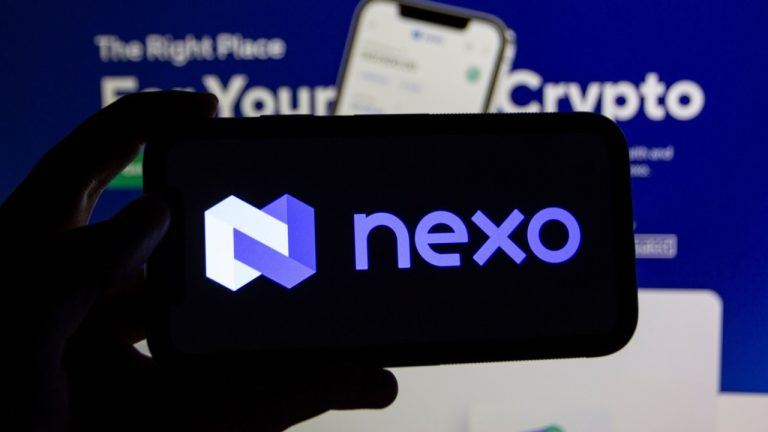
We ask the buidlers in the blockchain and cryptocurrency sector for their thoughts on the industry… and throw in a few random zingers to keep them on their toes!
This week, our 6 Questions go to John deVadoss, the head of development at Neo an open-source blockchain development platform and a governing board member at the Global Blockchain Business Council, an industry association for the blockchain technology ecosystem.
I am proud to say that I build the best developer tools in the blockchain industry for N3. I also build the tools for the Token Taxonomy Framework as part of the Global Blockchain Business Council, where I serve as a governing board member. In addition, I serve as co-chair of IEEE Blockchain.
Previously, I was a co-founder of the InterWork Alliance, which is now part of the GBBC. Earlier, I was a general manager at Microsoft for close to two decades, during which I built out the architecture for .NET v1, Visual Studio Tools, the Microsoft Application Platform, Microsoft Digital (which I scaled to billion-dollar P&L) and more. I led the early service-oriented architecture and cloud architecture incubation initiatives for Microsoft, which led to Azure.
1 Which people do you find most inspiring, most interesting and most fun in this space?
This is a wonderful question. I find the young men and women in our community and industry the most inspiring. The young people I meet with and have the opportunity to work with possess boundless energy and enthusiasm, and they are not willing to take no for an answer. They come in without any constraints, without any baggage of what can or cannot be accomplished, and without any preconceived notions of what should or should not be. They have no chip on their shoulder, nor do they have any sense of privilege or lack thereof. They just want to build and I get tremendous energy (selfishly speaking) from working with them.
2 What does decentralization mean to you, and why is it important?
Decentralization is first and foremost about the sovereignty of the individual. Individual sovereignty, whether from a natural-rights perspective (bestowed by God, nature or reason) or a legal-rights perspective (and as enshrined in the charter of the UN and subsequent international treaties), implies individual autonomy.
When understood as the capacity to decide for oneself and pursue a course of action in ones life, individual autonomy implies individual self-governance. And self-governance is what decentralization means to me, and its why this is so important. In practical terms, this may be an asymptotic pursuit; however, the pursuit of self-governance at the individual level is our mission as a community and an industry.
3 Do you subscribe to the idea of Bitcoin as a means of payment, as a store of value, as both… or as neither?
Bitcoin is a store of value. You can choose to use Bitcoin as a means of payment; however, you will live to regret it.
Compared with other stores of value, Bitcoin empowers you to own your keys and obviates the counterparty risks typically associated with other stores of value, including gold and silver. (Remember, your assets may not really be your assets if they happen to be someone elses liabilities.)
With that baseline view, it is important to understand that Bitcoin is also a protocol a set of rules, constraints, and schemas used to transfer value and settle with finality within the Bitcoin network. And its all accomplished in a secure, tamper-proof, uncensorable, fully transparent manner.
4 Whats the unlikeliest-to-happen thing on your bucket list?
Perhaps, the unlikeliest-to-happen thing on my bucket list is becoming a rice farmer.
I harbor aspirations visions, perhaps that I will play a role in taking agriculture back to first principles. Never say never.
5 Whats the most interesting place youve ever visited, and why?
The Oracle of Delphi is probably the most interesting place I have ever visited.
Why? Because the Oracle could not tell you anything upfront. You had to ask the question and frame it so that the Oracle could respond with a yes or no. The principle that it is up to us, up to you and me, to frame and ask the question is something that I find humbling and elevating.
In todays world, we rely more and more on experts, both human and machine. I believe that the parable of the Oracle of Delphi teaches us how to work with experts.
6 If you didnt need sleep, what would you do with the extra time?
If I did not need sleep, I would write more. There is so much to write and so little time.
I want to write about economics, about philosophy, about anthropology, about biology, about psychology, about math, about cognition, about astronomy, about history and more. It is all there in my mind; I can visualize the ideas and sometimes even the words themselves, and yet, I need the time to transcribe them onto paper.
A wish for the young, ambitious blockchain community:
Build! Your future is yours to build!









































